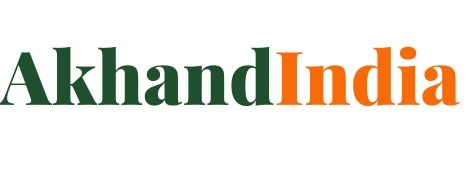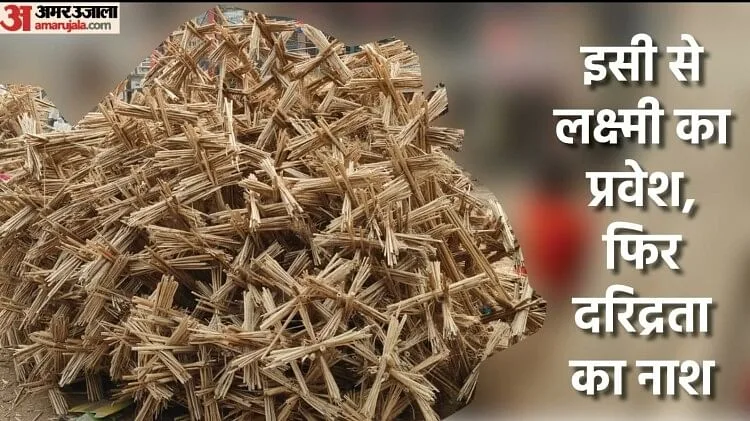The festival of Diwali holds great significance as it is a celebration of lights. People are sending messages and wishes from midnight on November 11th until the night of November 12th. Diwali is celebrated by worshiping Lord Ganesha and Goddess Lakshmi for prosperity and abundance. People also worship Lord Kubera for wealth and prosperity. However, in Bihar and neighboring regions, Diwali is not only celebrated by lighting diyas, but also by burning poverty. This tradition continues to this day, even for those who have forgotten it while living in other cities. While many people refer to it as a game of “lukka-paati”, it is actually a tradition rooted in religion.
In the markets during Diwali, there is a display of “lukka-paati”, which is made from dried sticks of Crotalaria juncea. It is shaped like a square and represents the four directions, similar to the swastika symbol used to attract good luck. In Mithilanchal and surrounding areas, the market for “lukka-paati” during Diwali is quite vibrant. People bring these sticks and make “lukka-paati” out of them, which sells quickly. These sticks have already reached homes along with other puja materials for Diwali.
During Diwali, after performing the puja of Goddess Lakshmi and Lord Ganesha and lighting diyas at every door of the house, the process of “lukka-paati” begins. Each family member takes a stick and leaves the house or puja room. They first place the stick outside the room and symbolically say, “Lakshmi Ghar” (Home of Lakshmi). Then they place it on the ground inside the threshold and say, “Daridra Bahar” (Poverty outside). This process is repeated in every room where family members reside or where there is a study room, and finally, it is done at the main entrance. The stick is then gathered in an open space and burned. While burning it, they jump over the fire three times. This act of jumping over the fire is also known as “hukka-paati”.

